When we look to the skies, we see more than just beautiful creatures soaring above—we’re witnessing the results of millions of years of evolutionary engineering. Birds have developed remarkable adaptations that have not only ensured their survival but have also inspired human innovation across centuries. These avian designs, perfected through natural selection, continue to influence fields from architecture to aerospace. The ingenious solutions birds evolved to solve environmental challenges represent some of nature’s most successful and enduring innovations. Let’s explore nine remarkable bird adaptations that humans have studied, mimicked, and implemented in our own technologies and designs—showing that sometimes, the best ideas have been flying right above our heads all along.
Aerodynamic Feather Design: Nature’s First Airfoils
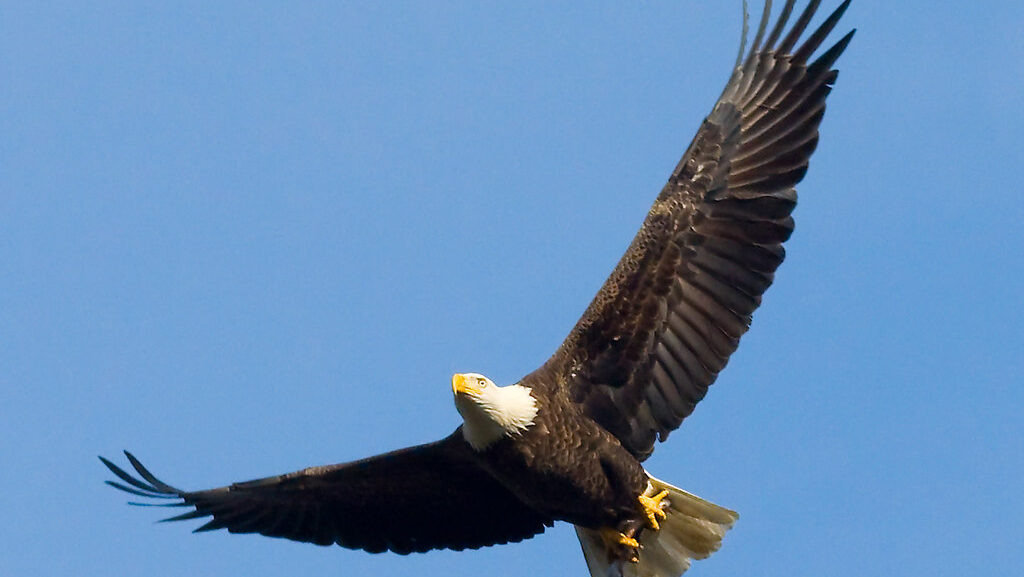
Bird feathers represent one of nature’s most sophisticated engineering marvels, with an aerodynamic efficiency that remained unmatched until modern aviation technology. The asymmetrical shape of flight feathers creates different air pressures above and below the wing—the same principle used in airplane wings to generate lift. Each feather’s structure includes a central shaft with interlocking barbs and barbules that can separate during flight to reduce turbulence and reconnect through a microscopic velcro-like system. This adaptive design allows birds to maintain flight efficiency while providing the flexibility needed for complex aerial maneuvers. Modern aircraft designers continue to study feather structure when developing more efficient wings, flexible airfoils, and self-healing materials that can repair minor damage autonomously.
Hollow Bones: Lightweight Structural Engineering
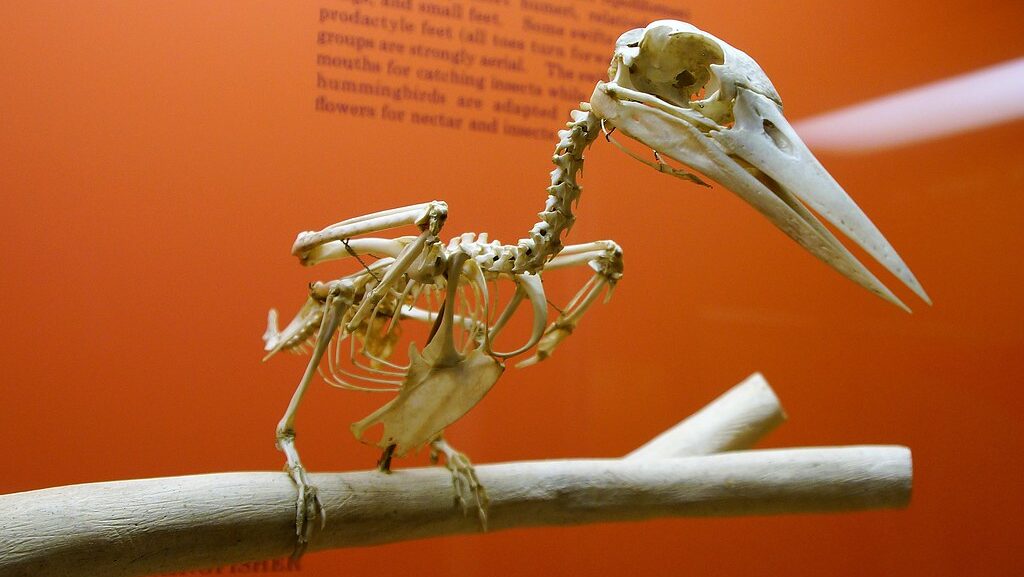
The avian skeletal system represents a masterclass in lightweight structural engineering that predates human architecture by millions of years. Unlike the solid bones of mammals, bird bones feature hollow chambers reinforced with internal struts and cross-members—a design remarkably similar to modern I-beams used in construction. This pneumatic bone structure reduces weight by up to 50% while maintaining strength through strategic reinforcement at stress points. Engineers have adapted these principles when designing everything from bicycle frames to spacecraft components, where weight reduction without compromising structural integrity is crucial. The aerospace industry particularly benefits from this biomimetic approach, with modern aircraft incorporating hollow, reinforced components that echo the efficiency of bird skeletal design.
Air Sac Respiratory System: Efficient Oxygen Exchange
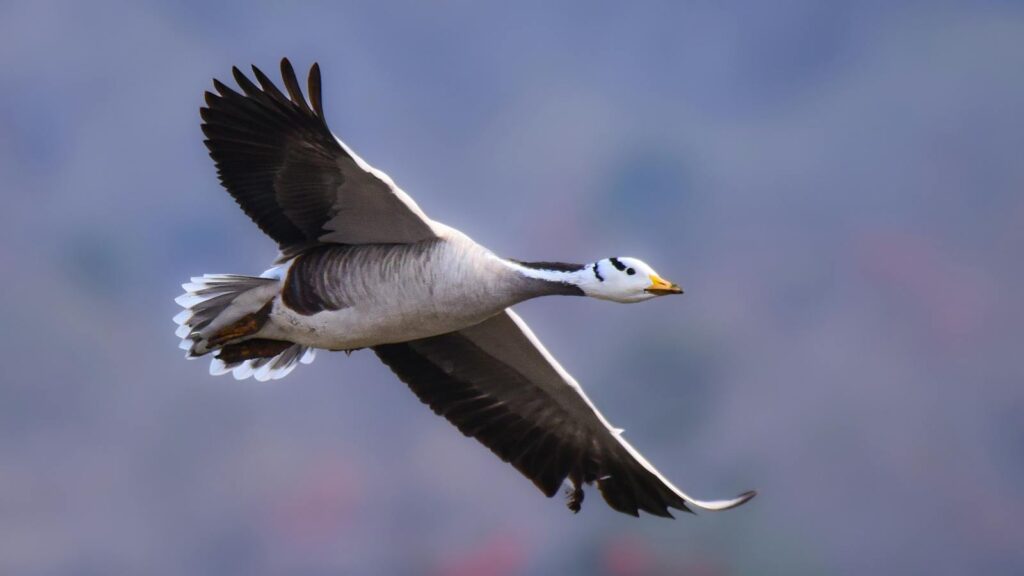
Birds possess one of the most efficient respiratory systems in the animal kingdom, utilizing a complex network of air sacs that enable continuous, one-way airflow through their lungs. Unlike mammalian lungs that inhale and exhale through the same pathways, this avian system ensures fresh oxygen constantly passes through the respiratory tissue, maximizing oxygen extraction even at high altitudes where oxygen is scarce. This remarkable adaptation allows birds like the bar-headed goose to fly over the Himalayas at heights exceeding 29,000 feet. Medical researchers have studied this system to develop improved ventilators and respiratory support devices, while engineers have incorporated similar principles into gas exchange systems for various industrial applications. The efficiency of this ancient design continues to inform advancements in fields where optimized gas exchange is critical.
Beak Morphology: Specialized Tools for Every Task
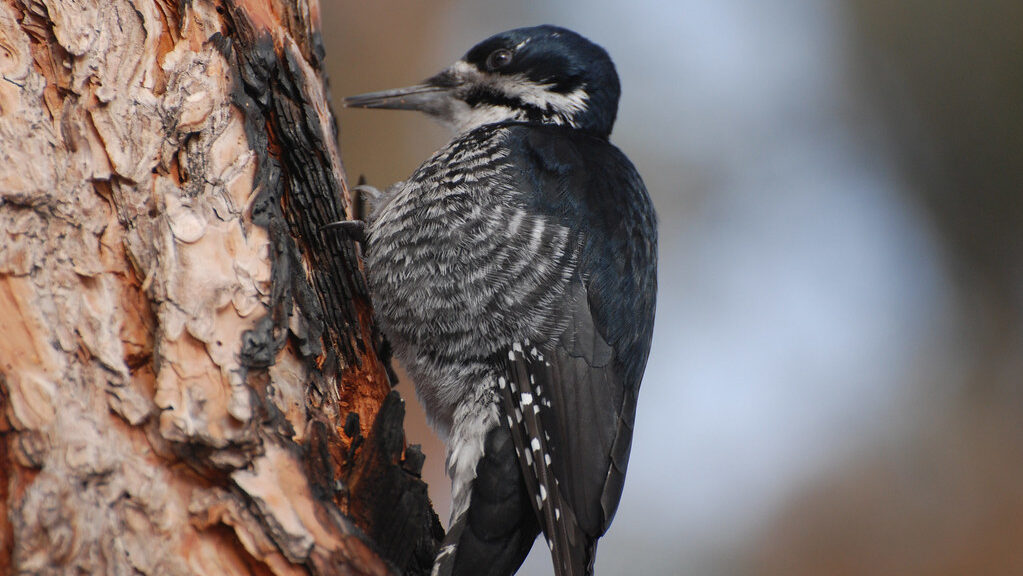
The diverse morphology of bird beaks represents one of evolution’s most impressive examples of specialized tool development. From the chisel-like woodpecker bill to the filter-feeding apparatus of flamingos, each beak design has been refined through natural selection to perform specific functions with remarkable efficiency. This specialization has directly influenced human tool design throughout history, with modern surgical instruments often mimicking the precision and functionality of different beak types. The woodpecker’s shock-absorbing bill structure has inspired better protective gear for human brains, while the sturdy, curved beak of raptors influenced the design of certain cutting tools. Engineers studying the mechanical properties of hummingbird beaks have even developed new approaches to tool design that maximize strength while minimizing material use—a principle increasingly important in sustainable manufacturing.
Thermoregulation: Natural Insulation Technologies
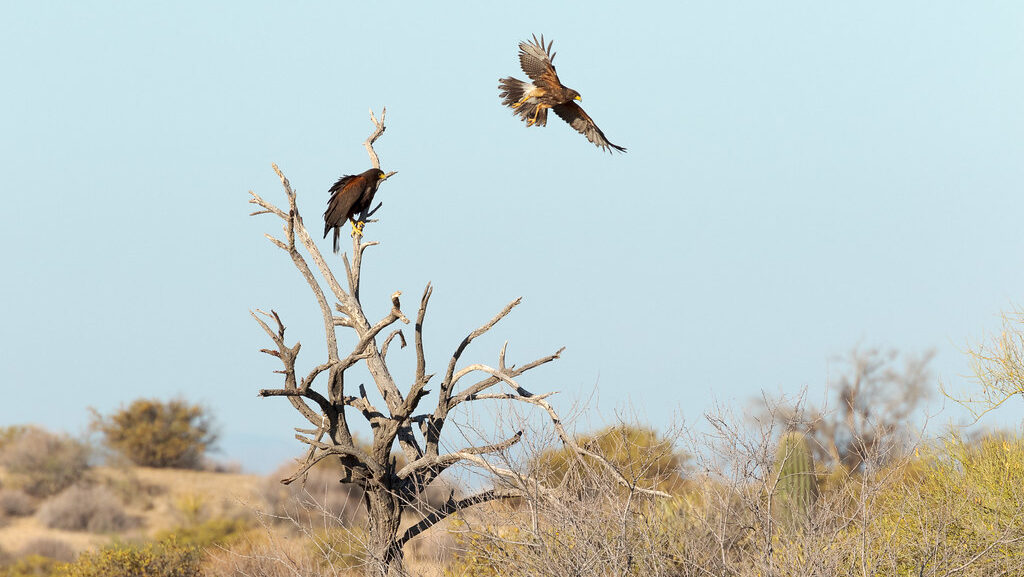
Birds have evolved sophisticated thermoregulation systems that allow them to maintain body temperature in environments ranging from Arctic cold to desert heat. The layered structure of down feathers creates insulating air pockets that trap body heat with remarkable efficiency—a design principle now ubiquitous in human clothing and bedding. Beyond simple insulation, many birds possess countercurrent heat exchange systems in their legs and feet that minimize heat loss in cold environments by warming returning blood with outgoing blood vessels arranged in parallel. This elegant solution has influenced the design of building heating systems, industrial heat exchangers, and even cooling systems for electronic devices. Arctic seabirds’ waterproof outer feathers that shield their insulating down layer have similarly inspired the development of modern technical outerwear that combines waterproofing with breathable insulation.
Wing Shape Adaptations: Specialized Flight Solutions
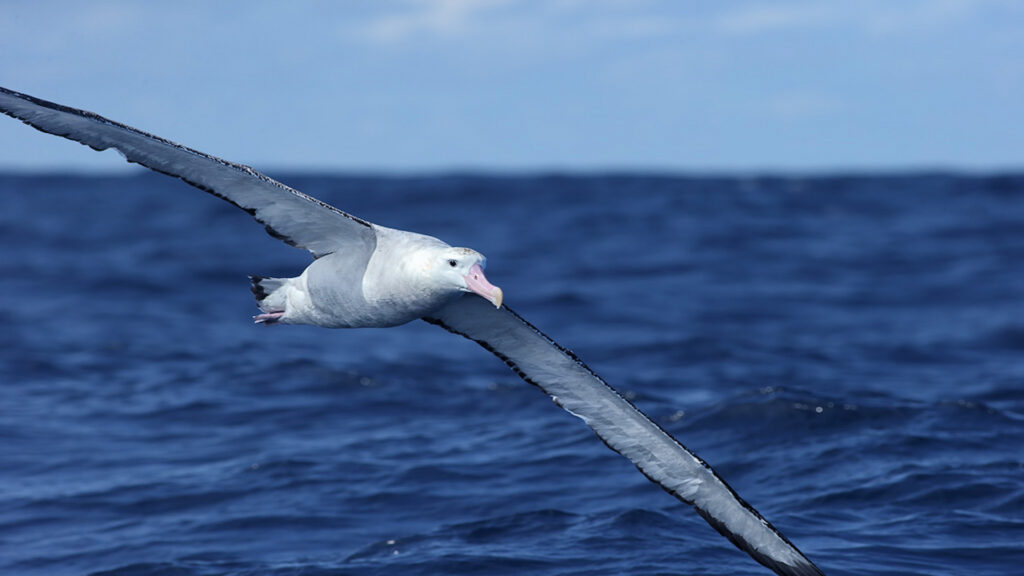
The remarkable diversity of wing shapes across bird species represents evolutionary solutions to different flight requirements, each optimized for specific environmental niches. Soaring birds like eagles and albatrosses possess long, narrow wings with slotted tips that maximize lift and minimize drag during extended gliding, while forest-dwelling species feature shorter, broader wings that allow rapid acceleration and nimble navigation through dense vegetation. These natural designs directly influenced early aircraft development and continue to inform specialized aircraft today, from high-altitude reconnaissance planes with albatross-inspired wings to agile fighter jets incorporating elements from falcon wing design. Morphing wing technology, which allows aircraft to change wing shape during flight for optimal performance across different conditions, draws directly from birds’ ability to adjust their wing profiles by extending or contracting feathers during different flight phases. The peregrine falcon’s streamlined wings, which enable it to reach diving speeds over 200 mph, have even inspired high-speed train designs seeking to minimize air resistance.
Nest Construction: Sustainable Architectural Design
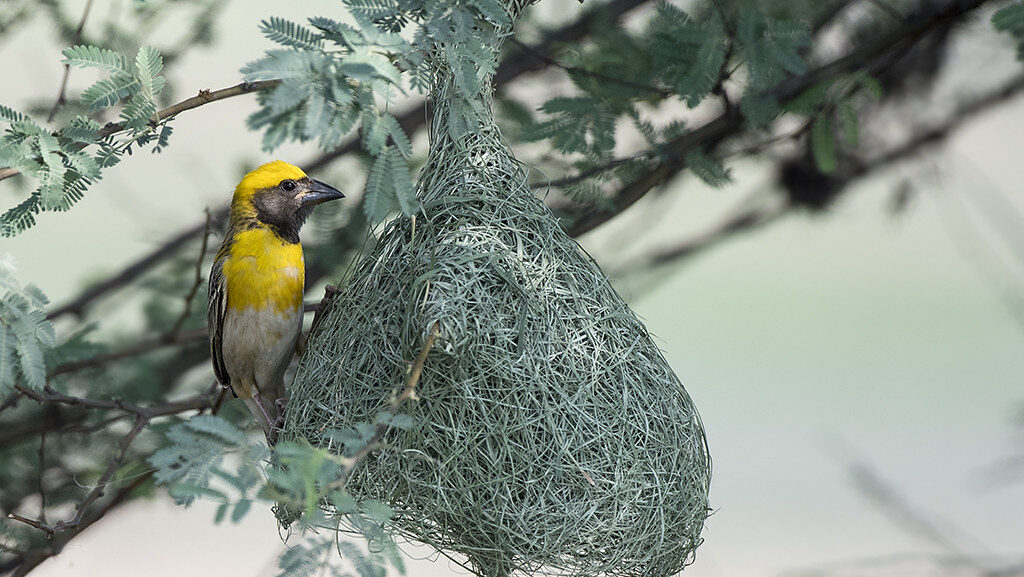
Bird nest construction represents some of nature’s most innovative architectural solutions, with each species developing building techniques perfectly suited to their environment using only locally available materials. The intricate weaving of the Baltimore oriole’s hanging nest demonstrates principles of tensile strength now used in suspension bridges, while the mud-pellet construction of cliff swallow colonies showcases natural cement techniques that influenced human masonry. The bowerbird’s complex structural arrangements and the sociable weaver’s massive community nests that can house hundreds of birds demonstrate principles of modular construction and effective climate control. Modern sustainable architecture increasingly draws inspiration from these avian builders, adopting their efficient use of materials, natural temperature regulation methods, and structurally sound designs that withstand environmental forces. The weaver bird’s ability to create knots and complex woven structures using only its beak has even influenced the development of robotic construction techniques that can create strong structures with minimal material waste.
Navigation Systems: Nature’s First GPS
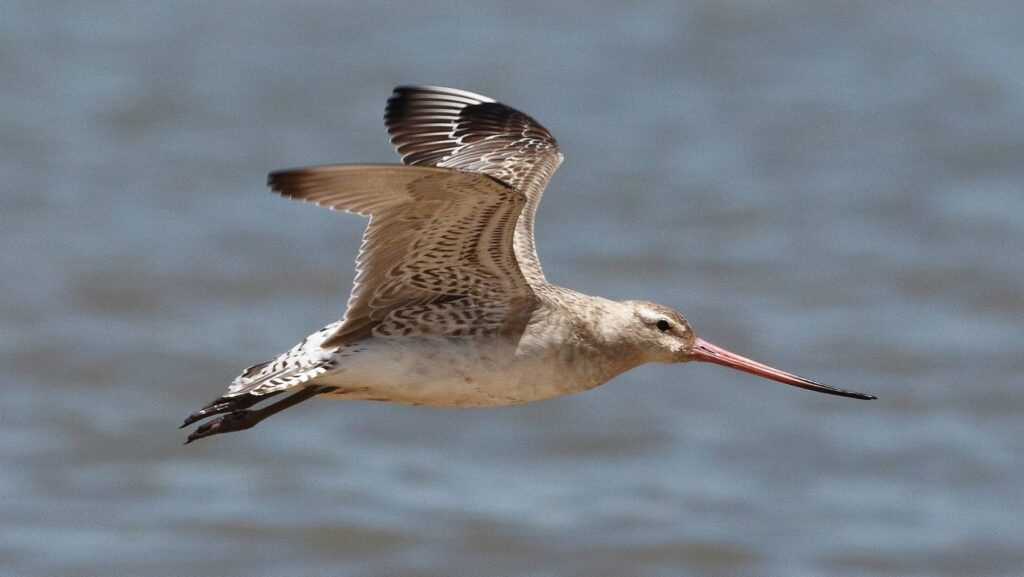
Long before humans developed satellite navigation, birds were conducting precise long-distance migrations using multiple biological navigation systems working in concert. Many migratory species can detect Earth’s magnetic field through specialized cells containing magnetite crystals, essentially giving them an internal compass that functions regardless of weather conditions. This adaptation has inspired the development of more sensitive magnetic sensors and navigation systems less reliant on external signals. Birds also navigate using celestial cues, memorized landmarks, and even olfactory mapping—detecting and remembering scent landscapes that guide their journeys. The bar-tailed godwit’s ability to fly non-stop for 7,500 miles across the Pacific Ocean without external guidance has prompted research into more resilient navigation systems for aircraft and marine vessels. Scientists studying how birds integrate multiple navigation inputs have also influenced the development of redundant navigation systems for autonomous vehicles, ensuring functionality even when primary systems fail.
Vocal Adaptations: Communication Across Distances
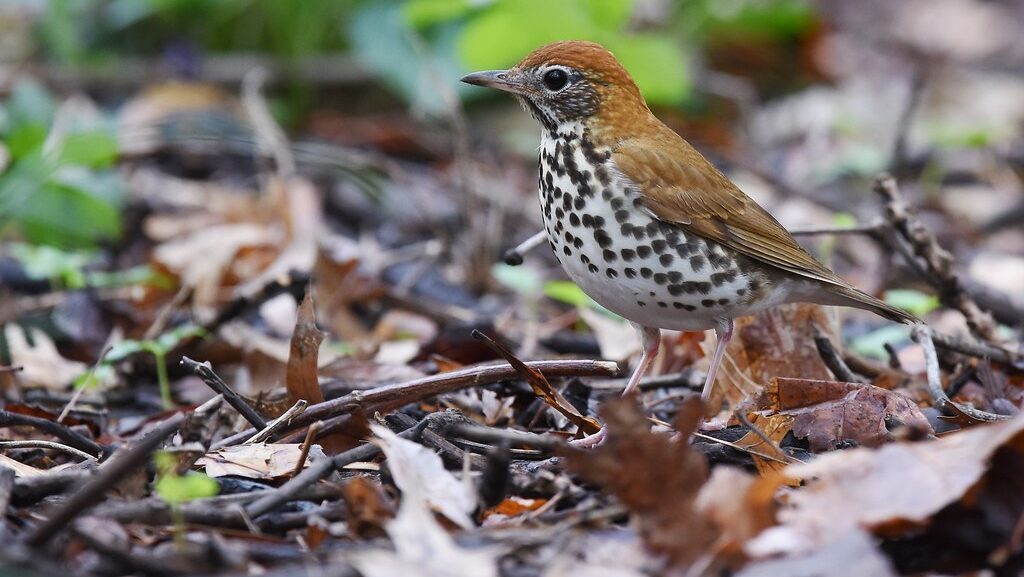
The avian vocal system represents one of nature’s most sophisticated communication technologies, with adaptations that allow birds to project their songs across remarkable distances while conveying complex information. Unlike mammals who generate sound primarily through their larynx, birds possess a syrinx—a unique vocal organ located at the junction of the trachea and bronchi that allows for independent control of each bronchial passage. This dual-voice capability enables birds like the wood thrush to sing harmonies with themselves and produce complex songs with multiple tonal qualities simultaneously. Communication engineers have studied these mechanisms to develop more efficient acoustic transmission systems for environments with significant background noise. The specific frequencies used by different bird species to maximize transmission through their preferred habitats have influenced the design of emergency communication systems intended to function in challenging acoustic environments. Even the social learning aspects of bird songs, where young birds learn specific regional “dialects” from their elders, has parallels in how human communication networks develop and maintain regional protocols for optimal information exchange.
Conclusion
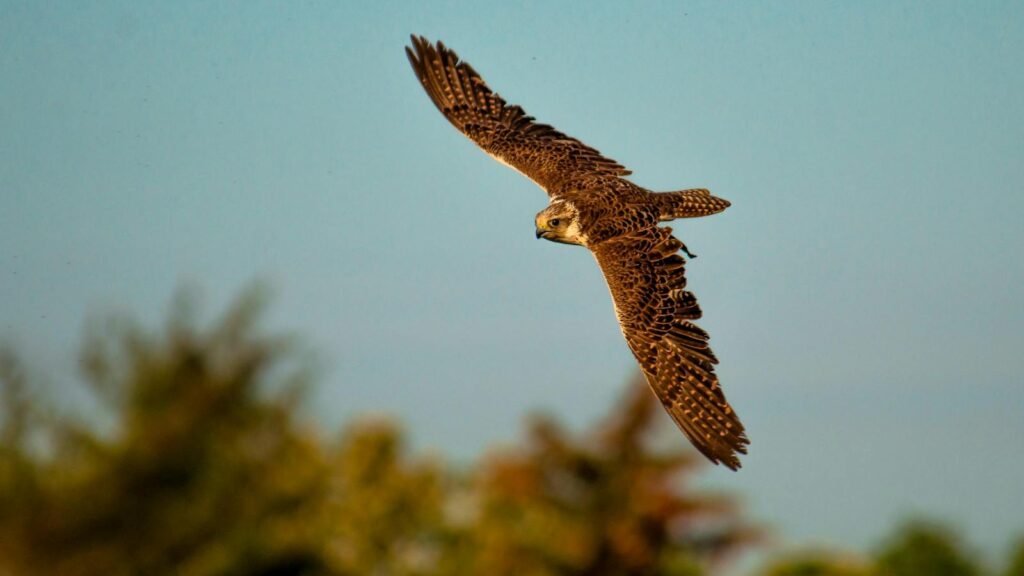
The remarkable adaptations that birds have developed over millions of years continue to provide inspiration and practical blueprints for human innovation. From the aerodynamic perfection of feathers to the efficiency of avian respiratory systems, these time-tested solutions demonstrate that some of our most cutting-edge technologies have ancient origins in the natural world. As we face new engineering challenges in creating sustainable, efficient systems, the avian world offers a treasure trove of proven designs that have withstood the ultimate test—survival through evolutionary time. By studying and adapting these natural innovations, we not only develop better technologies but also gain a deeper appreciation for the extraordinary engineering that surrounds us in the natural world, soaring overhead on wings that solved the challenge of flight long before humans dreamed of taking to the skies.
